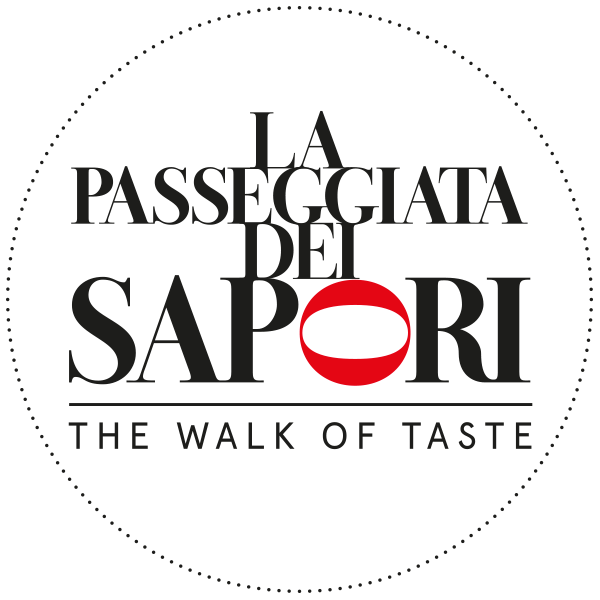The portal of the Cathedral of Parma
The central portal is the most complex one because it was greatly altered by the Campionesi Masters, who in 1281 changed significantly its size, while retaining part of the decoration of the previous portal.[1]
Which one, then, is the most important work that Giambono da Bissone kept from the previous Romanesque portal, a portal whose re-used pieces were raised by about one metre from its original level? Certainly the archivolt carved with a representation of the months, which is a work of very high quality. This was not made by masters of the late 12th century or of the 13th century, but undoubtedly by a very well-known sculptor, the major one among the sculpting masters working on the Cathedral of Parma in the first half of the 12th century, the one I have referred to elsewhere as the Master of the Months, either Nicholaus himself or a close collaborator of his working from the master’s drawings.[2]
The sculptures of the months, on the outer archivolt of the 1281 portal, have a strong connection with Wiligelmus’s workshop, with the months created by Wiligelmus himself in San Benedetto Po in the 1090s, and with the months carved by 1106 at Porta della Peschiera di Modena by a sculptor connected with Wiligelmus. The order of the months is significant. It follows that of the Roman Calendar and the first month, March, shows the “cavaspino” (a youth removing a thorn from his foot) which at the time was a model for sculptors in Rome, along with the Wolf and Constantine (or rather, Marcus Aurelius) in front of St John Lateran. This is followed by April, leaning against a branch in bloom, then May on foot leading a horse by its halter, June sharpening the scythe on a stone, July harvesting the wheat with a sickle, August getting the barrel ready by hammering the hoops around the staves, September harvesting the grapes and putting them into a basket, October sitting on a stool and raising a cup high, November about to skin a pig, December cutting down branches, bearded January warming itself at the fire and showing a double face – the old year and the new one – and finally February carrying a bag and a net for catching fish.
The quality of these pieces is high, and the connections with the sculpture of higher quality that can be seen along the internal nave of the Cathedral are obvious, from the folds of the drapery to the relationship between head and body, from the style of the faces to the conception of spaces. Therefore the original portal of the Cathedral completed around 1115 was undoubtedly an important one, significantly lower than the present one, a portal as wide as the archivolt that we see now and which confirms the iconography of the months by Nicholaus and, before him, by Wiligelmus. Those wishing to do so can easily find out about the other parts of the original portal re-used for the late 13th-century portal: sections of cornice decorated with a palmette motif and other elements, while the 12th century parts, in addition to the red and the white lion, are the capital of the columns supported by the lions themselves and a part of the cornices.
[1] For further information please see A. C. Quintavalle, La Cattedrale di Parma e il romanico europeo, Parma, Università, Istituto di Storia dell’Arte, 1974, in which the author analyzes in detail the 12th-century parts re-used at the end of the 13th century by Giambono da Bissone and his workshop.
[2] For an analysis of the different sculptors working in the Parma Cathedral – an approximate one, as we need to bear in mind that it is difficult identify them individually in an age when sculptors leading a workshop often exchanged roles with their collaborators, making it impossible to establish precisely the different contributions – please see my 1974 work; here I only wished to highlight the work of the major sculptor, the Master of the Months.
